A Stellar Night for All: Blackheath Observing Report - 23rd September 2023
- Mike Meynell
- Sep 23, 2023
- 3 min read
Updated: Sep 25, 2023
Early Arrivals and Initial Setup
Well, what can I say except that it was a magnificent evening of observing. As usual, the early birds were out with their gear, ready to gaze upwards. Tony was the first one I saw when I rolled in at 7 PM, and his astronomical binoculars were already perched like sentinels on a sturdy tripod. Though clouds threatened overhead, the southern sky hinted at better things to come, promising excellent transparency and seeing conditions later in the evening.
One by one, our stellar team of volunteers made their appearance. There was Tej with his trusty SCT, Mark and his Newtonian complete with StarSense for quick alignments, and Tom showing off a small but powerful reflector. Richard brought his EVscope, and Les and Alec also brought equipment. Gosh, there were so many others, I can hardly keep track!

By my count, we had around a dozen telescopes and binoculars planted on the heath - some from our dedicated volunteers, others from members, and a few from the general public.
The Sky Clears Up
As for the celestial sphere, it did not disappoint. The clouds gracefully retreated, revealing an incredibly clear sky. This was among the best atmospheric clarity we’ve had at Blackheath in some time. Light pollution, our eternal companion, was there, but we’re used to that by now, aren’t we?
Our Celestial Targets: Planets, Moons, and More
Saturn was our first target, and it was an absolute showstopper. The ringed beauty had our early birds captivated. We then veered our scopes toward the Moon, hanging low in the south. The terminator was exceptionally revealing, showcasing a lovely series of craters.
For the deep-sky aficionados, Richard was the man of the hour, training his EVscope on the Ring Nebula. As for me, it was the Dumbbell Nebula that caught my eye. Both celestial wonders sparked quite a discussion about how stars end their life cycles - always a great topic for curious minds.


And then came the Andromeda Galaxy. With my setup, we were limited to the central core and some parts of its spiral arms and dust lanes, but it was a sight to behold nonetheless.
Let’s not forget Jupiter making its appearance in the east. The Galilean moons were in fine form: Io, Europa, Ganymede, and Callisto were all putting on a show, balancing around the gas giant in a cosmic dance.
Tony, not to be outdone, managed an extraordinary feat: spotting the M15 Pegasus Cluster with just his binoculars. In London skies, no less!
That led a few of us on a Globular cluster hunt, specifically M13 in Hercules and M15 in Pegasus, followed by Tej’s tour-de-force: the Double Cluster in Perseus. Those faint, deep-red variable stars between the clusters? Absolutely mesmerizing, especially through Tej’s SCT.
I rounded off my personal list with Caroline’s Rose in Cassiopeia. The colour contrasts in this open cluster always take my breath away.

A Fond Farewell: Looking Forward
It was an evening jam-packed with celestial wonders, memorable conversations, and shared discoveries. Even amidst the light pollution, Blackheath proved that with a little determination, the night sky can still make you say “wow.”
A massive thank-you to everyone who attended, particularly our stellar volunteers who helped make the evening so enjoyable. Looking forward to our next gathering, which will be on either the 14th or 15th of October. Stay tuned for updates by clicking here: https://www.flamsteed.info/event-details/blackheath-observing-event-14-or-15-october-2023
See you all there!
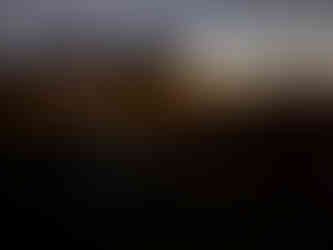

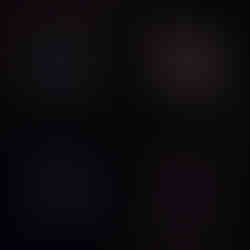

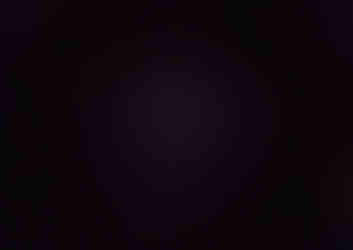

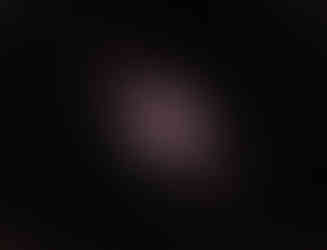

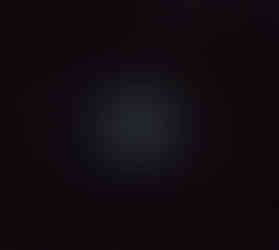

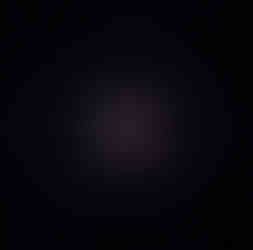



Yorumlar